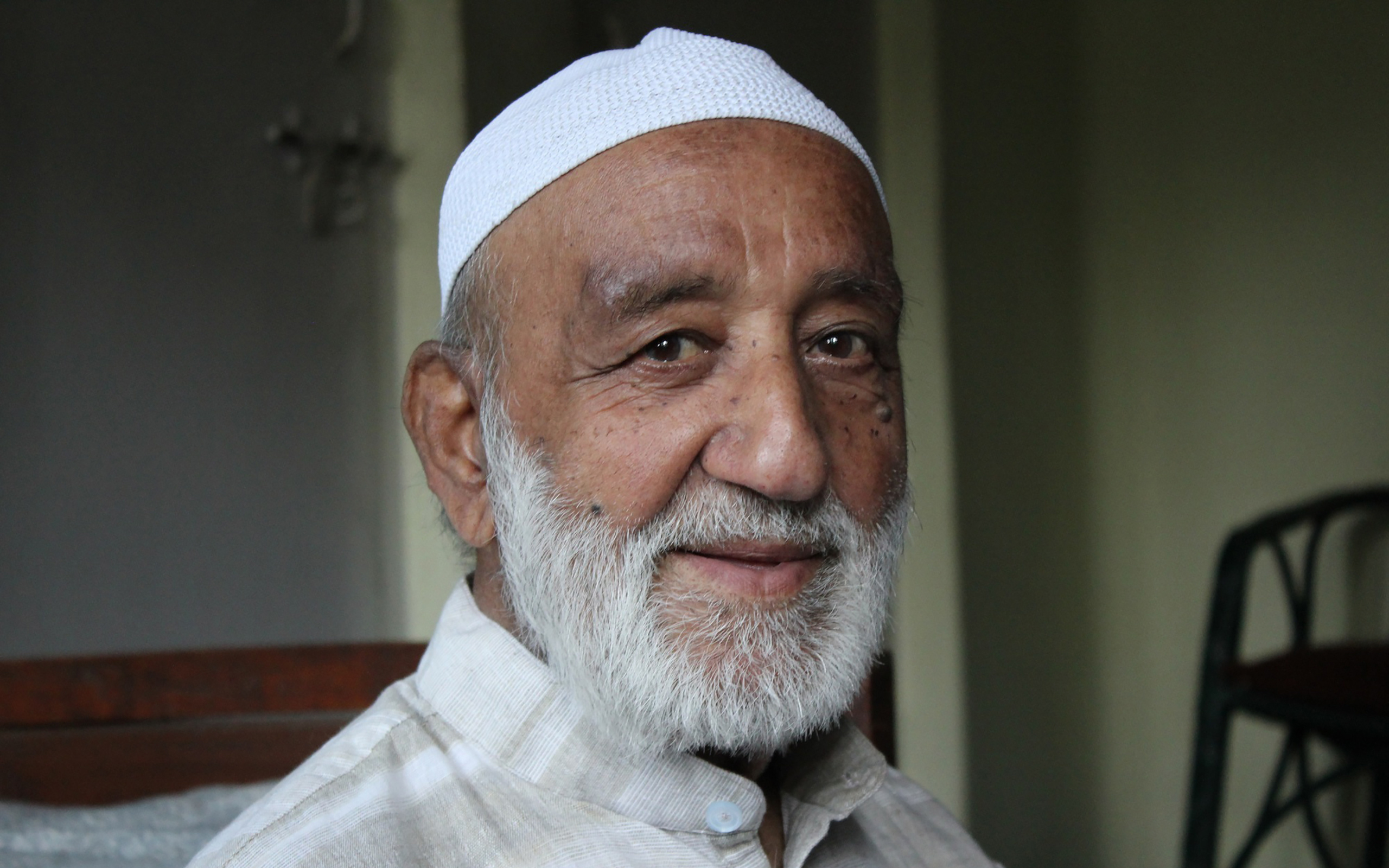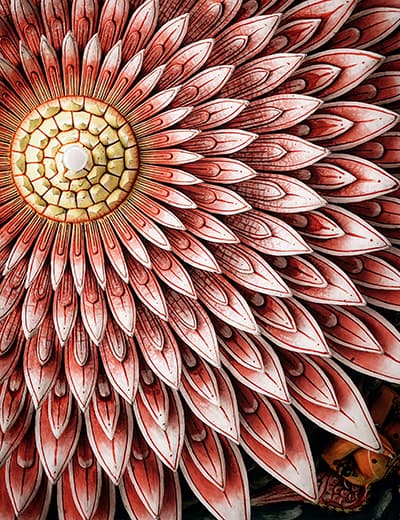North India
THE FIRST STEP
The first steps into Srinagar comforted this spontaneous feeling, and on the morning of Eid, the city adopted me.
“Sugar?” Ammaji hands me the little copper cup containing tiny cubes of translucent grains. “My mother used to say that the most delicious kahwah is so sweet that it should stick your lips together.” Her enthusiasm cajoles me into adding a full spoon of sweetness into my China cup and reminds me of my own mother’s Algerian mint tea, so full of flavour. From the large samowar, the father serves cup after cup to our little assembly. All of us sit in padmasana, the lotus position, around a blue flowery tablecloth, our lips savouring the warm Kashmiri beverage. Deliciously scented steam escapes from the massive copper kettle, an object reminiscent of Russian nostalgia, while inside, hot charcoal brings the water to boil. Green tea, cardamom, cinnamon and sugar blend into a tasteful combination, with an additional pinch of saffron to warm the heart during cold Himalayan winters. A round salty bread called tchot, fresh from the local bakery comes to balance this family breakfast. Ayan invited me to celebrate the Eid-ul-Fitr, the end of Ramadan, in his Kashmiri home, without telling me what to expect. It was my third trip to North India, I felt confident, at ease, ever curious. The first steps into Srinagar comforted this spontaneous feeling, and on the morning of Eid, the city adopted me.
FAMILY MEAL
Breakfast brings together family and friends around the old memories of past celebrations. In the soft fumes of the samowar, grandfather Abaji and his wife Ammaji break their fast, marking the end of the holy month.
They have opened their door to foreigners with joy and welcomed in Christians, Hindus, agnostics and atheists without notice. To each of us, their children for the day, they offer an anthology of Kashmiri poetry, reminiscent of the money they used to be given when they were younger. Every year, the rituals are the same, but the faces surrounding the tablecloth change. My mind wanders, and I remember past Christmases in Brittany as a young child, awakening from a dreamy night full of anticipation for the gifts I would soon receive. If I close my eyes, I can nearly smell the orange blossom cake my mother would religiously cook for us. Today, kahwah and tchot have a similar taste.
INTO THE BLUE KITCHEN
As the older generation embraces the younger, Ammaji looks at me and suggests. “Why don’t you stay with me to see how I make my yakhni?”
Staring deep into my eyes, she elects me to pass on her immemorial knowledge. A thin line emerges between us, pulling the old Kashmiri woman with authoritative wrinkles nearer to me. I am accepted into the intimacy of the blue kitchen, the most inner room of the house. For once, I see the chance offered by my position as a woman. In a patriarchal society, certain doors, closed to my fellow male travellers, open before me.


1
YAKHNI
Ingredients for 4:
1 kg mutton
1 kg fresh yoghurt
2 onions 3 shallots
a few dried mint leaves
1 tsp. anise seeds
3 tbsp. oil
3 green cardamom pods
3 cloves
1 cinnamon stick
salt to taste
Method:
Take a heavy bottomed pan; add 4- 5 cups of water with salt. In cotton gauze place the anise seeds, the cloves, the green cardamoms, and the cinnamon. Place it in the water along with the mutton and let it cook.
Take a saucepan and fry onions and shallots in oil till brown, then using a hand blender, adding a little water to turn them into a paste.
Heat oil in another pan and add the yoghurt. Keep stirring the mixture till it boils without interruption and let the water in the yoghurt evaporate till you are left with a cream on which oil floats.
Add onion paste to this mixture and mix well. Reduce the flame and add the meat pieces.
Strain the broth from the mutton and add it to the vessel containing mutton. Add dried mint, possibly dried in the sun, and cook for some more time.
Serve hot with steamed Basmati rice.

2
KAHWA
Ingredients for 4 cups:
5 ½ cups water
5 teaspoons sugar or to taste (could be replaced with honey)
About 4 inches of whole cinnamon
5 green cardamom, bruised
1 pinch of saffron (6 strands) normally added in winter
2 teaspoons kahwa, green tea
1-2 tablespoons sliced almonds
Method:
Boil the water with the cinnamon and green cardamoms, sugar and saffron if you wish, for 5-10 minutes till the colour of the water is brown and emits a good fragrance.
Whole spices are better, do not use powdered.
Remove from flame, add the tea leaves, cover with a lid, and let stand for 3-5 minutes till the tea brews.
Pour into warmed cups and, if you like, add ¼ teaspoon sliced almonds in each cup.
Serve immediately.

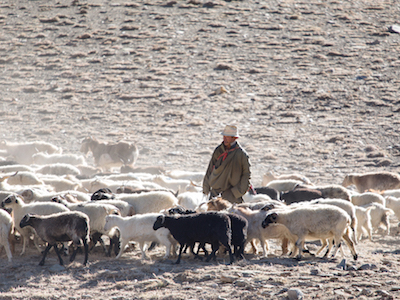
In Harmony with Nature
Nestled within the mighty peaks of Himalayas are cultures that are a thousand years old and are as pristine as the gurgling...
Narrative • North India
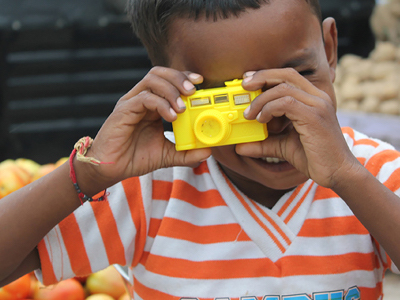
“One Photo, One Photo!”
I arrived in Bhenswara in the late afternoon, when the light softens and people leave the torpor of their inner courtyards to fill up the streets...
Narrative • North India
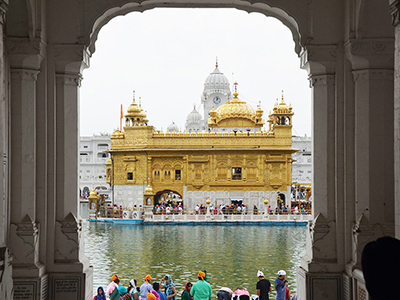
Journey of A Faith
A journey tracing the history and tenets of Sikhism, a religion born in the state of Punjab...
Bespoke Journey • North India
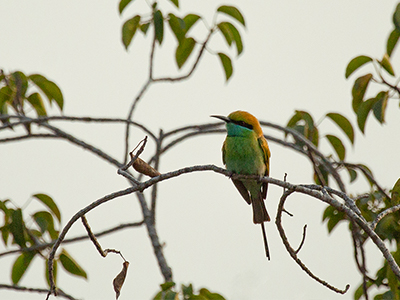
The Beckoning of the Untamed
This journey travels through the national parks and sanctuaries of North and West India, exploring indigenous wildlife species and migratory avifaunal species...
Bespoke Journey • West India
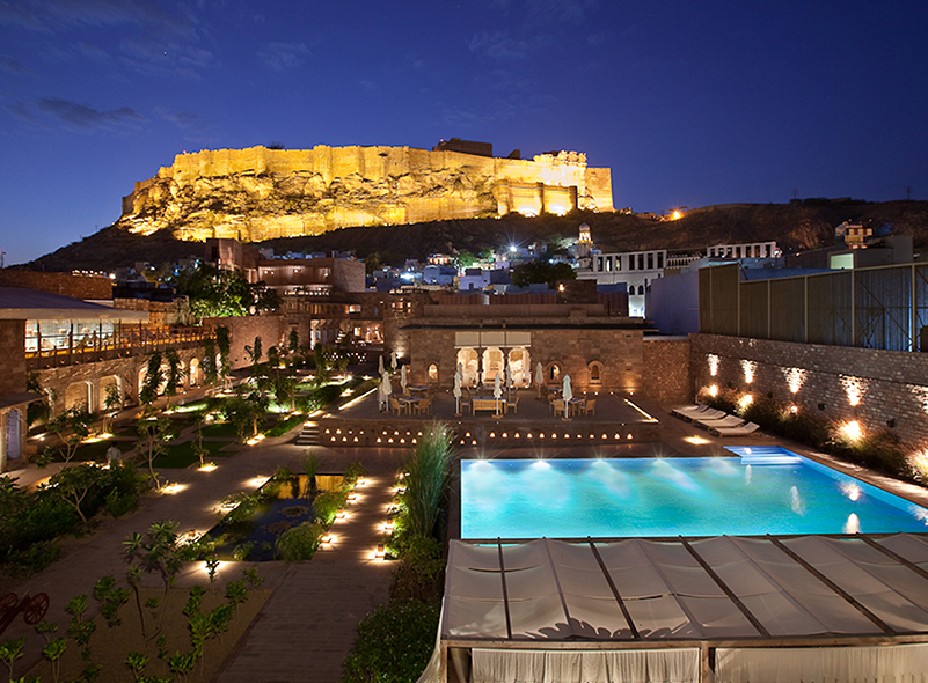
RAAS Jodhpur
The walls of old Jodhpur hold stories of ancient and modern worlds - of a glorious past lost in a...
Hotel Guide • North India
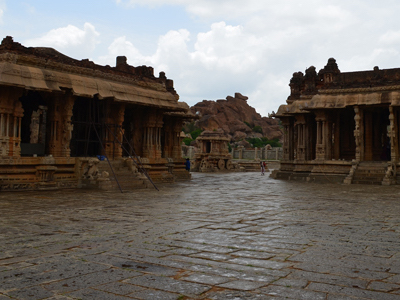
Of Vanaras and God-Kings: Tales of Hampi’s Ruins
Myth and legend are part of the fabric of the Indian subcontinent. Nowhere is this more apparent than in Hampi, the ruins...

